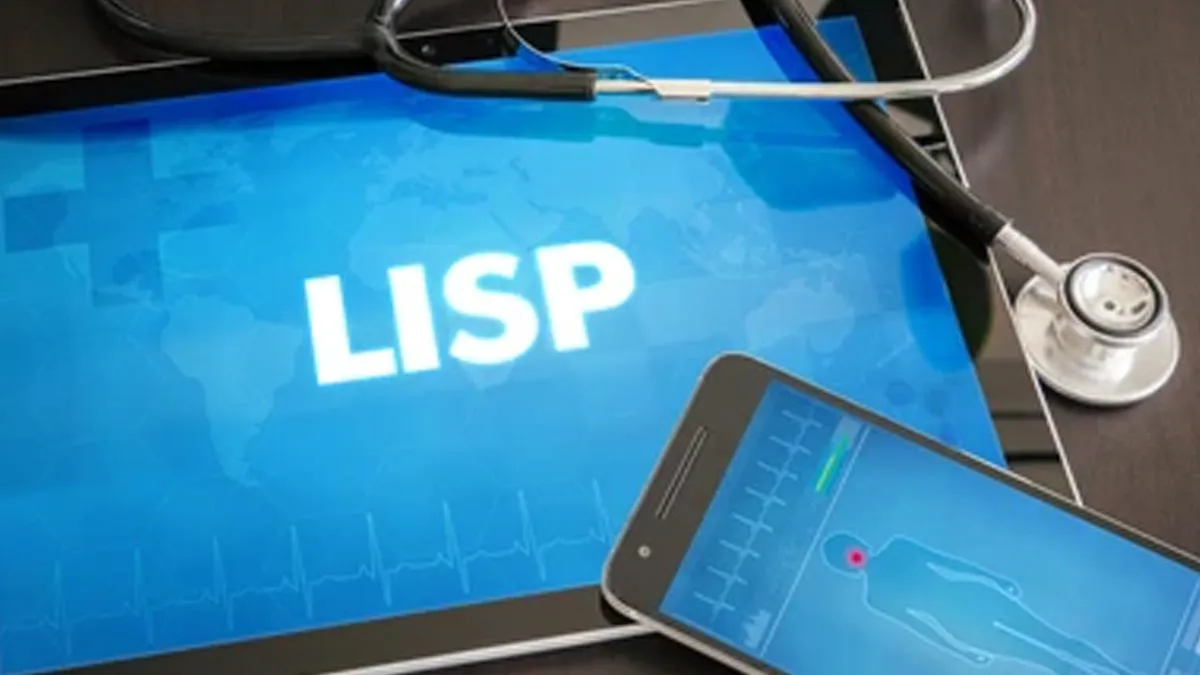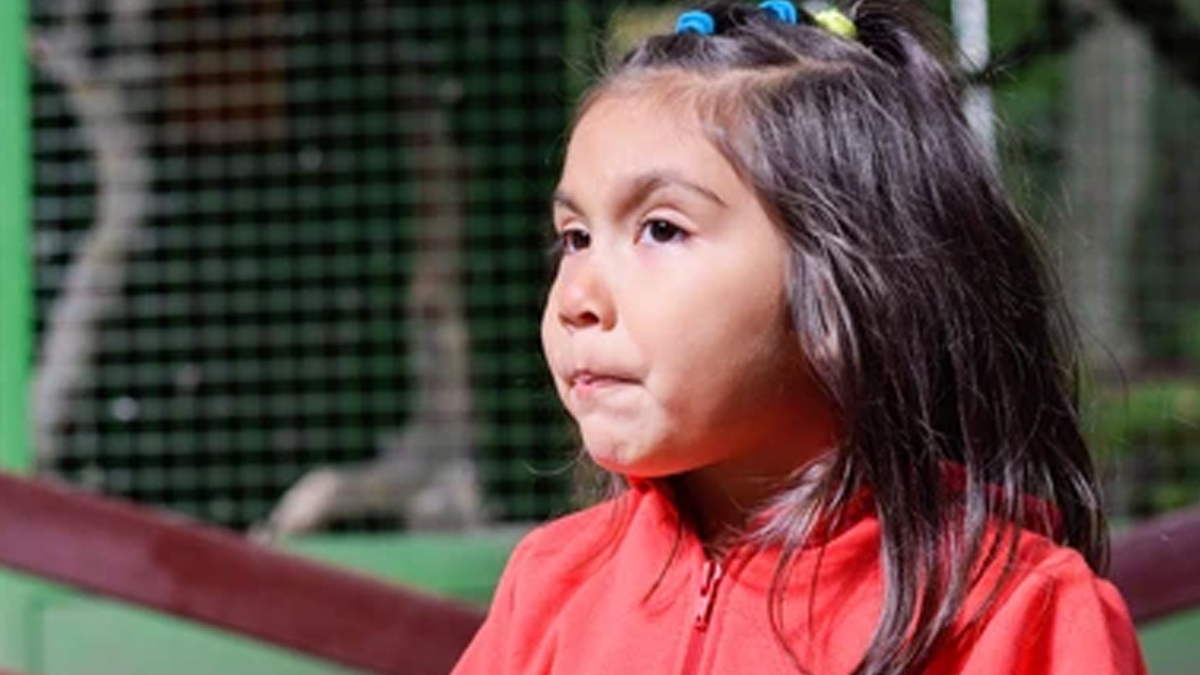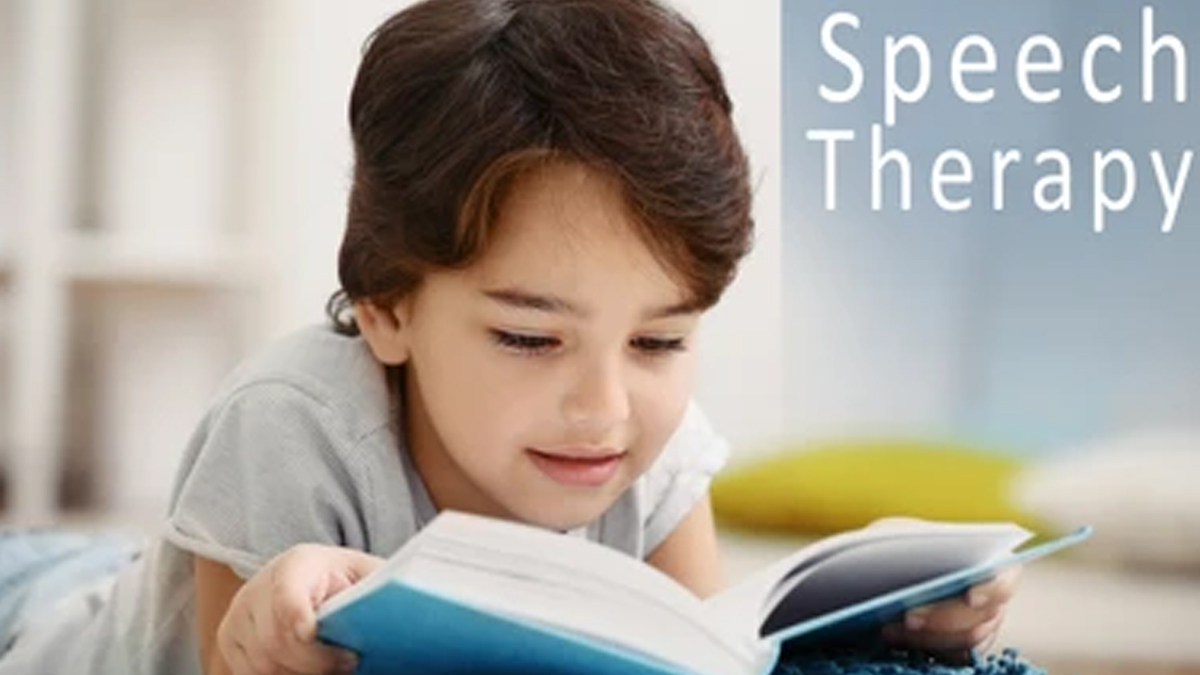
A lisp is a speech difficulty that affects how a person pronounces certain sounds, especially “s” and “z.” While it is commonly seen in childhood speech development, it can continue into adulthood if not corrected or treated. Dr Puja Kapoor, Paediatric Neurologist and Co-Founder of Continua Kids, Gurugram, discusses its causes, signs, treatment options, and psychological effects.
Table of Content:-
What Causes A Lisp, And Can It Develop Later In Life?

Lisping can be caused by genetic factors, says Dr Kapoor, adding that some individuals inherit speech patterns that include lisping, which becomes evident when they start speaking.
Also Read: Stammering: Know How Can You Cure This Speech Disorder With Homoeopathic Remedies
However, a lisp may also develop later in life, also referred to as "acquired lisp." Some of the contributing factors include:
- Improper tongue movement
- Frequent use of pacifiers
- Dental issues, such as misalignment or prolonged use of braces
- Neurological conditions affecting articulation
How To Identify A Lisp?

Recognising a lisp early is crucial for effective treatment. The most common indicators include:
- Difficulty pronouncing “s” and “z” sounds, making them sound like “” th”—other sounds could also be affected depending on the articulation causes.
- General lack of speech clarity
- Substituting or distorting sounds due to incorrect tongue placement
At What Age Is Speech Therapy Most Effective?

According to Dr Kapoor, speech clarity typically develops between the ages of 4 and 5 years. If a child continues to lisp beyond this age, seeking professional guidance is advisable.
Early diagnosis and treatment ensure that the issue is addressed before it impacts the child’s communication skills in school and social settings.
Dr Kapoor notes that lisping can affect one's confidence, especially at a later age. Children could be bullied by their peer age group; they could be given names, made fun of the clarity of speech, leading to loss of confidence and mental trauma.
She advises parents to not take lisping lightly and to get it corrected before the child reaches formal schooling.
Also Read: How Can Stroke Or Trauma Lead To Foreign Accent Syndrome
Speech Therapy Techniques For Treating A Lisp

In most cases, lisping can be successfully treated with early intervention and consistent practice. However, in rare instances where anatomical factors, such as severe dental misalignment or neurological conditions, are present, complete correction may not be possible. In such cases, therapy focuses on improving speech clarity to the greatest extent possible.
Speech therapy is the most effective approach to correcting a lisp. The treatment plan depends on the underlying cause, and commonly used techniques include:
- Addressing any physical causes, such as allergies or sinus issues
- Eliminating habits like thumb-sucking
- Strengthening oral motor muscles through exercises like drinking through a straw
- Encouraging activities such as blowing bubbles or playing with horns to improve breath control
- Working with a speech therapist to develop customised tongue placement exercises based on the type of lisp
Conclusion
Lisping is a speech disorder that can be managed. If left untreated, it can significantly impact communication and self-confidence. However, with early diagnosis and intervention, targeted speech therapy, and a supportive environment, most individuals can overcome the condition and develop clear speech.
Also watch this video
How we keep this article up to date:
We work with experts and keep a close eye on the latest in health and wellness. Whenever there is a new research or helpful information, we update our articles with accurate and useful advice.
Current Version